Pro bike: Tim Johnson's Cannondale SuperX Disc
On the cutting edge with 1x11 and hydraulic disc brakes
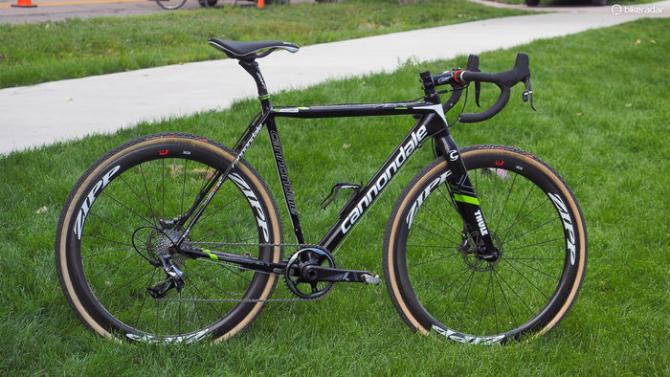
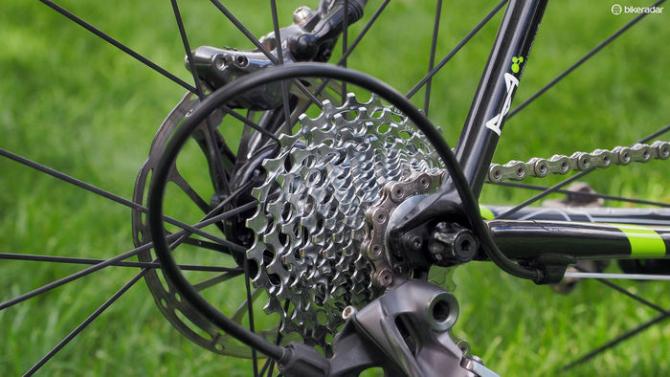
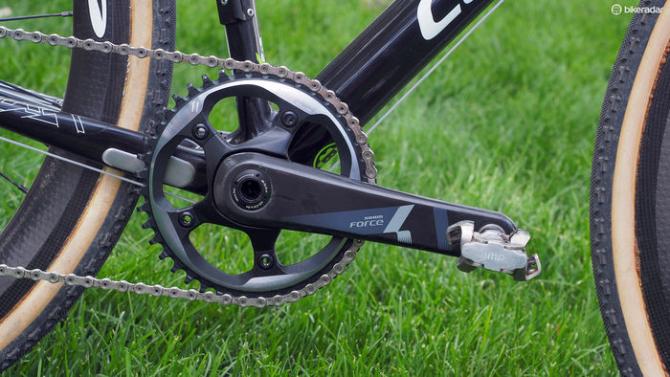
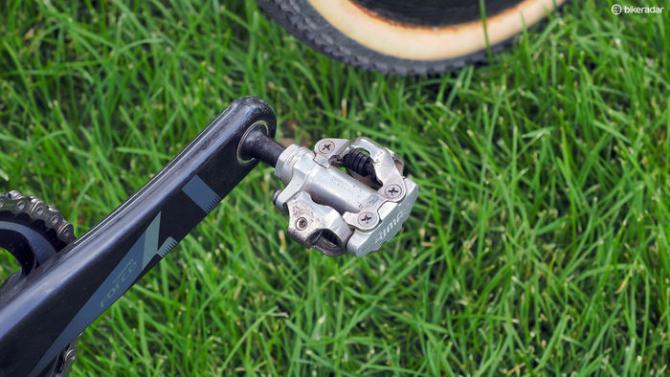

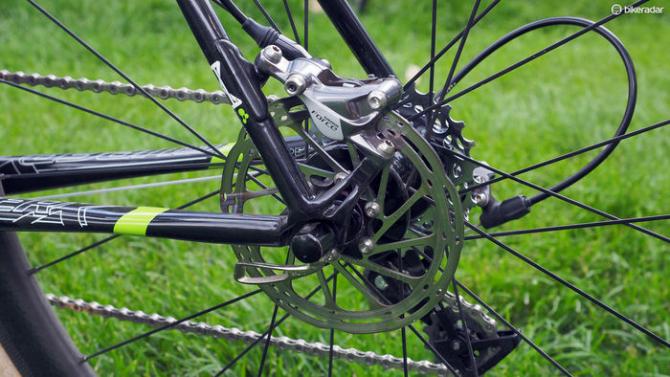
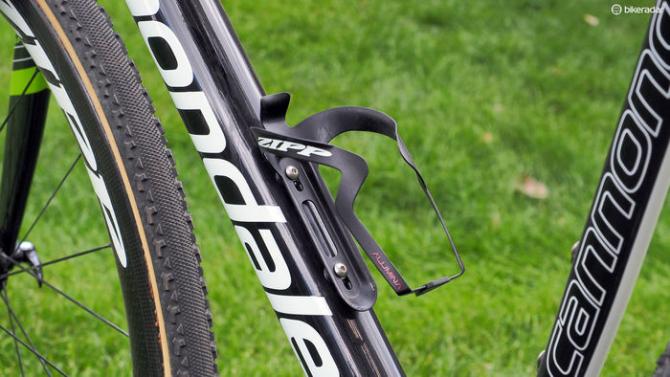
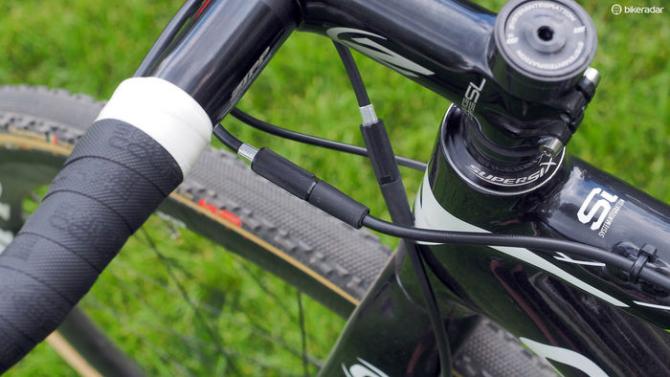
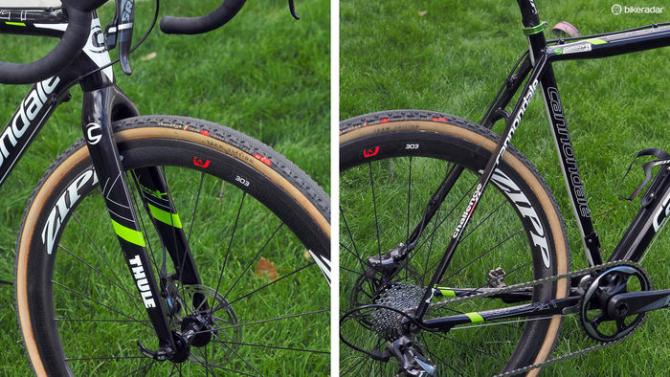
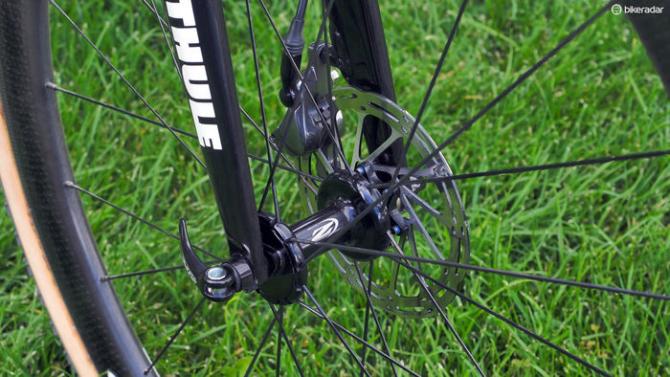
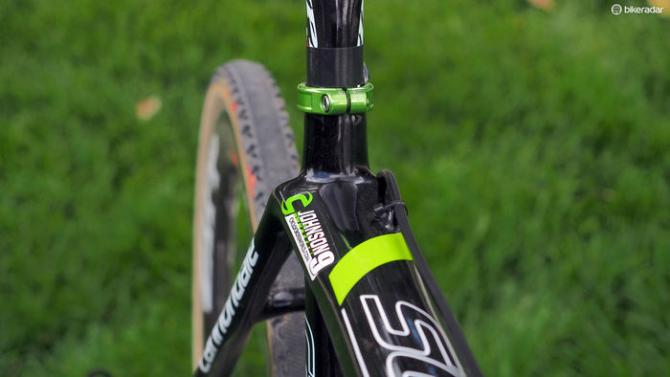
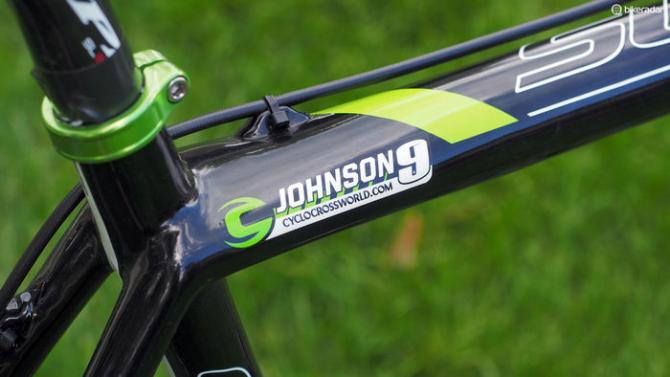
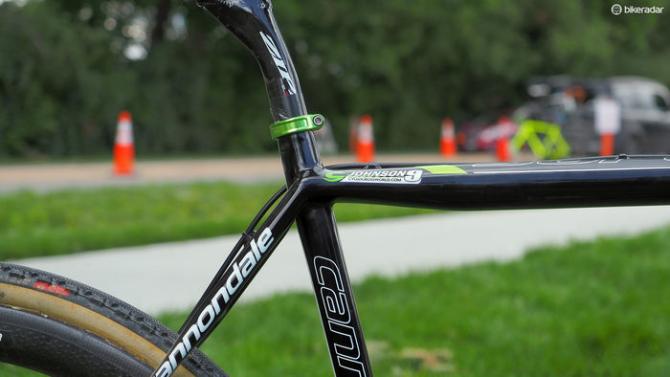
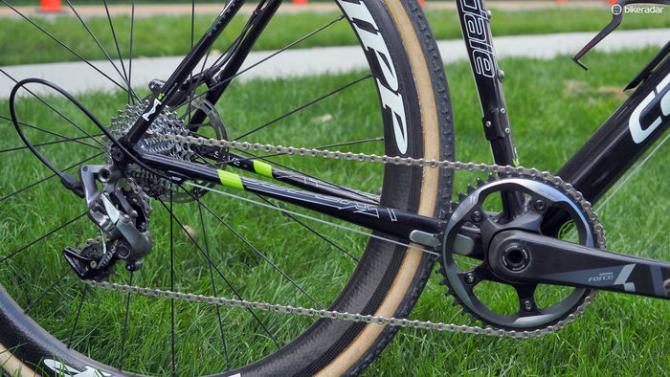
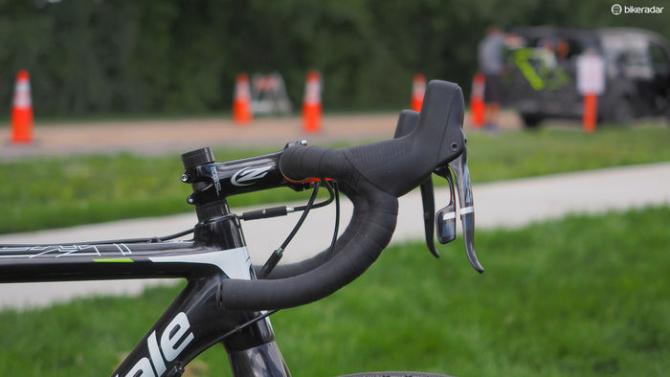
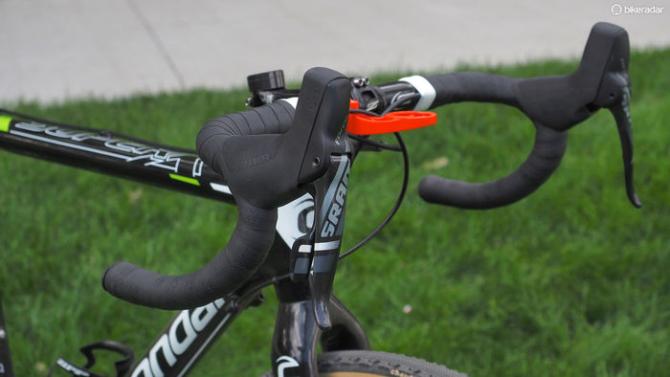
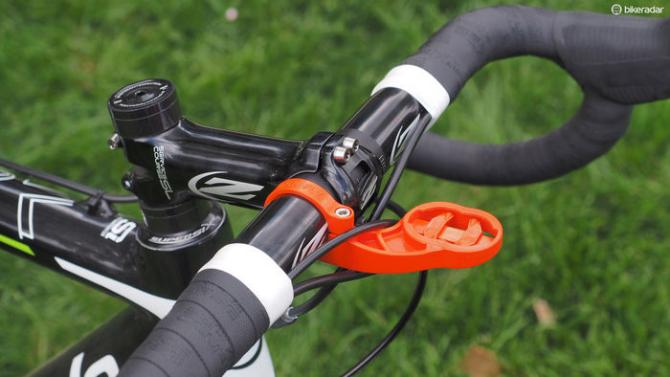
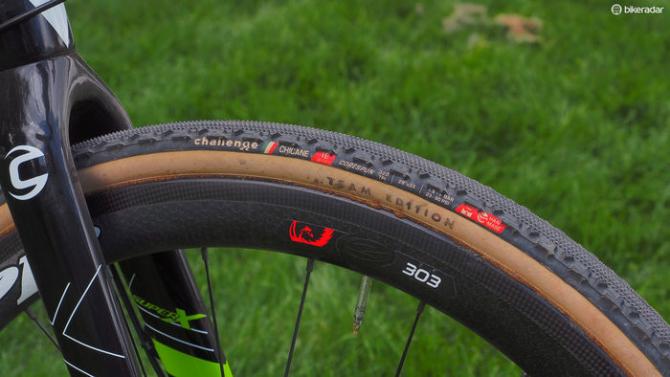
This article originally appeared on BikeRadar
Tim Johnson (Cannondale-Cyclocrossworld.com) has never been one to shy away from new tech trends in cyclocross, but over the last few years his equipment choice has been relatively stable, This season, however, will see some more substantial changes in his setup.
Johnson is once again racing under the Cannondale-Cyclocrossworld.com team banner and as Cannondale hasn't introduced a new bike for the season, the Red Bull-sponsored rider will stick to his tried-and-true SuperX Disc frameset. Hardly a bad thing, considering it's one of the lightest on the market, as well as one of the most comfortable.
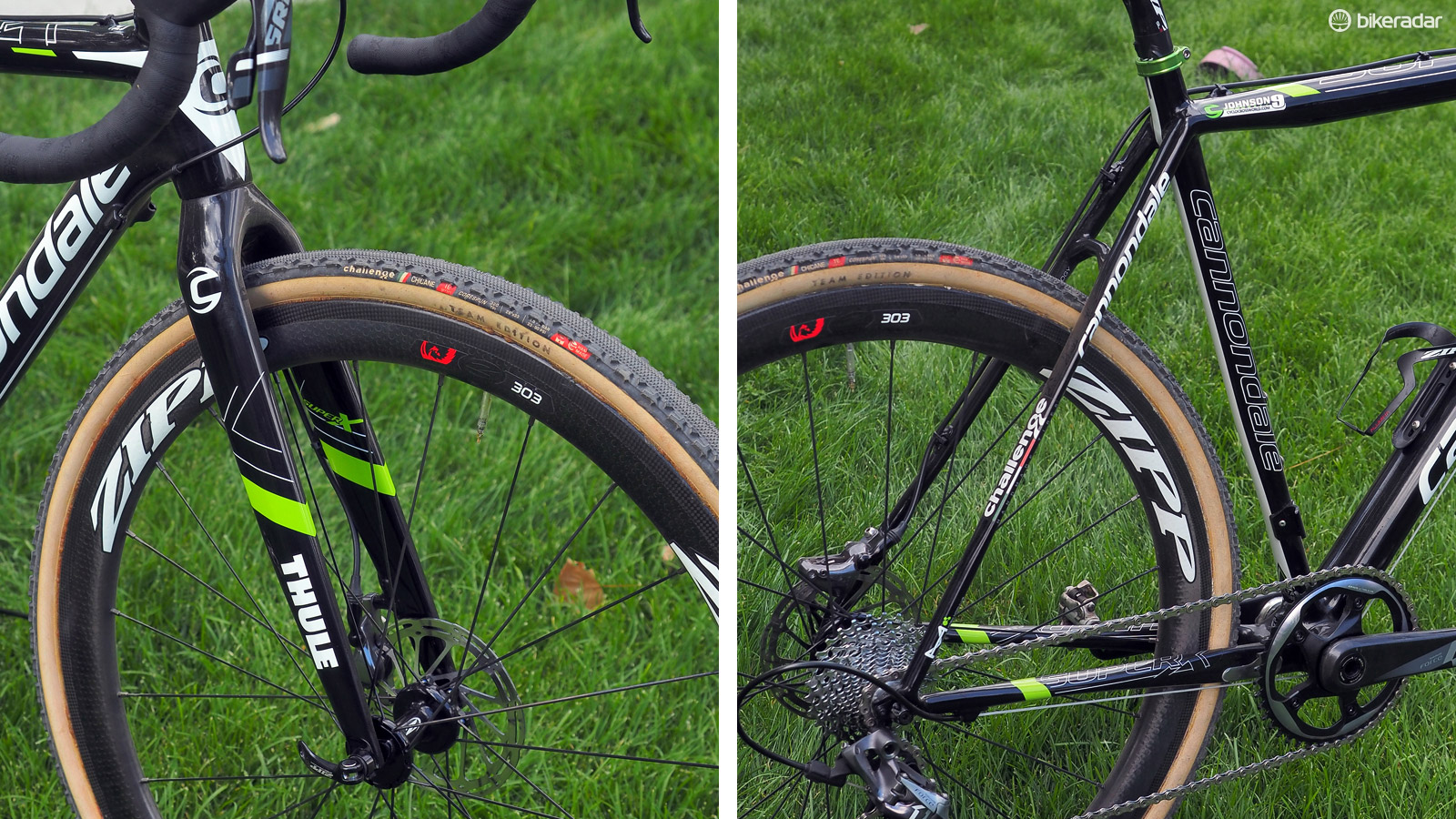
The SuperX Disc is not only super light but remarkably comfortable on bumpy courses
Also like last year, Johnson's bike wears Zipp 303 Firecrest carbon tubular disc wheels and Zipp cockpit components. Little else has carried over though. The previous SRAM Red 22 group has been replaced by the company's new Force CX1 single-ring drivetrain, Challenge tyres are glued in place of the team's long-running Dugasts, Prologo saddles have been swapped for ones from new company Fabric. Even the pedals are different.
Such upheaval in so many critical areas would throw many riders for a major loop, but Johnson doesn't seem to think it's that big of a deal.
"I tried CX1 while it was in development last season and liked the approach," he said. "I've ridden my [Cannondale] Scalpel with [SRAM] XX1 and appreciated the way it worked.
Get The Leadout Newsletter
The latest race content, interviews, features, reviews and expert buying guides, direct to your inbox!
"Watching the process unfold on the 'cross bike, I knew it was not only going to work, but would be advantageous for the majority of users out there. That said, I still train on my double and will race it when necessary."
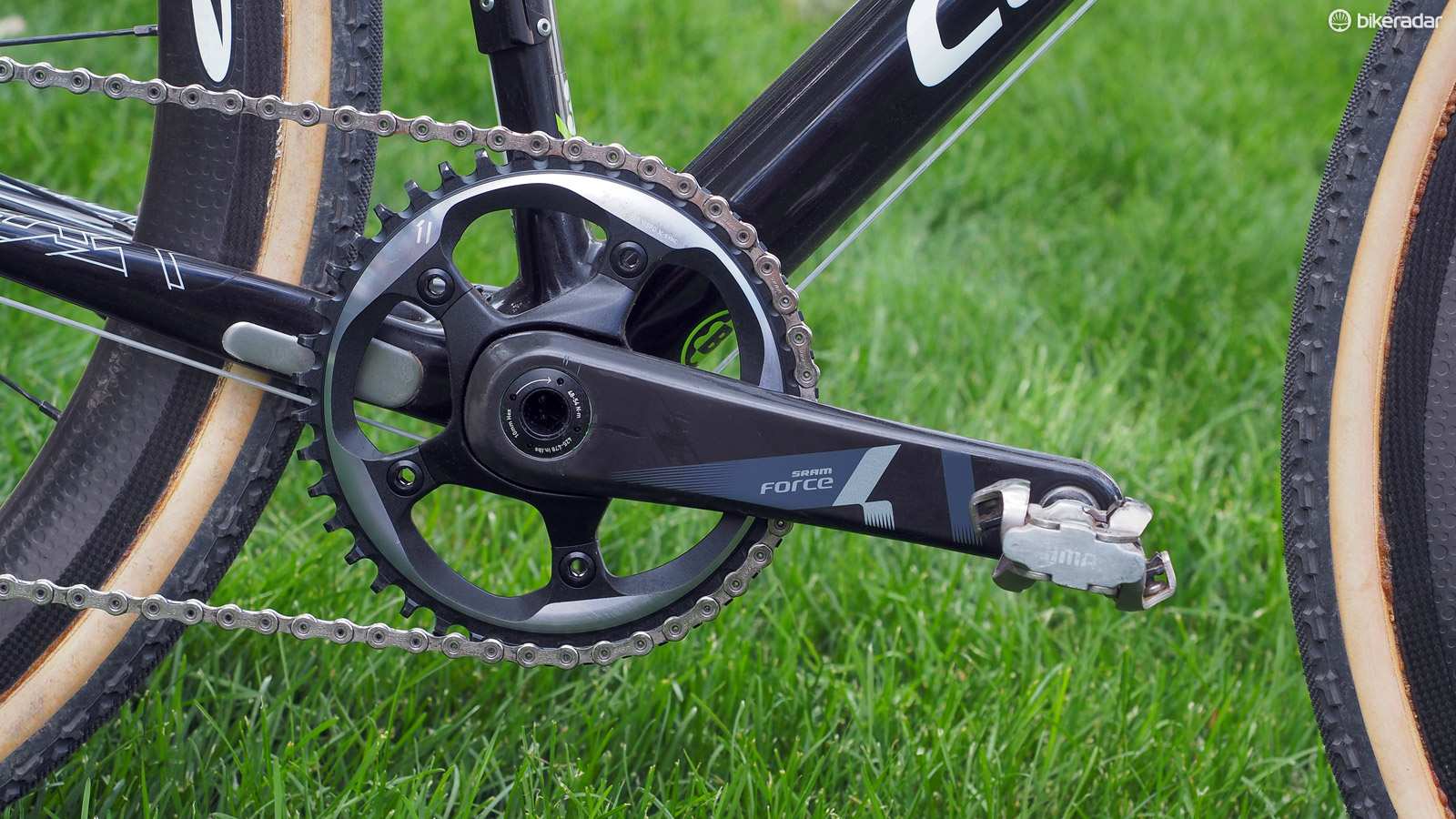
Johnson is on SRAM's new Force CX1 group this season but says he'll revert back to a double if the course demands it
Despite spending much of his racing career on either fi'zi:k or Prologo saddles, Johnson says the move to Fabric was surprisingly seamless. This was helped along by the company's relatively wide range of shapes and sizes, as well as its innovative construction methods.
"This is going to sound like a setup, but I have really only ridden on fi'zi:k and Prologo in the last 10 years, so the idea of switching wasn't exactly easy to stomach. I tried the Fabric saddles this spring and wound up with the Scoop Radius. It's got the lower-in-the-middle feel that I like and the covering is a good mix of friction and cushion. A saddle is so personal that it's hard to just go and jump on a new bike, but I was able to do that with this."
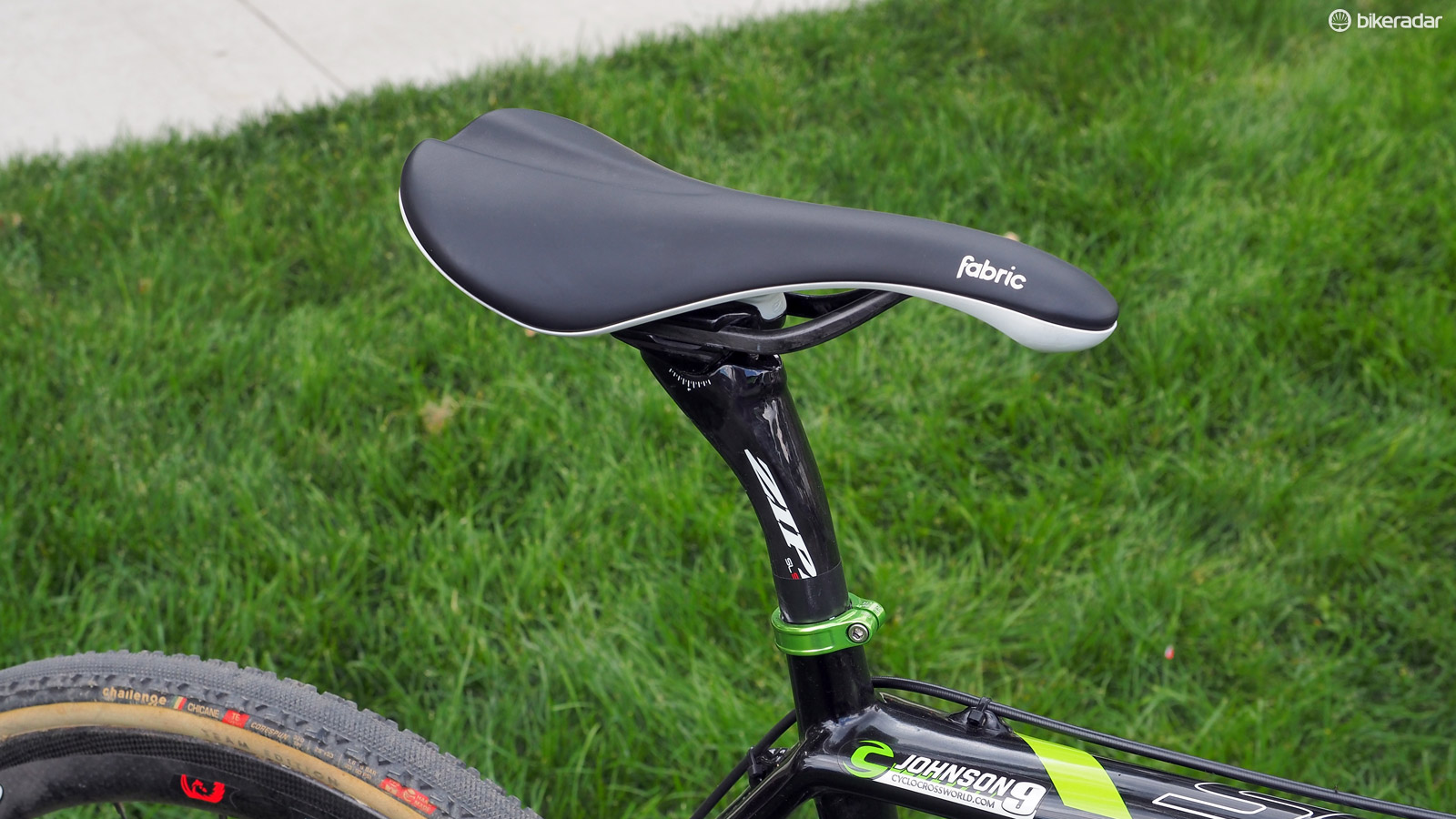
According to Johnson, the Fabric Scoop Radius saddle feels similar enough to his old Prologo
Any seasoned cyclocross racer will attest that tyres are everything when it comes to racing, however, and Johnson admits that moving to Challenge hasn't been the easiest transition. Not only are the tread patterns completely different to the Dugasts, but the casings don't feel the same, either.
"That decision was made by the team and it's been, er, Challenging, but in a good way," he said. "We are lucky to now have such a supportive supplier. Our Dugast tyres were amazing, but it's a rare bird and something that you can't rely on all the time.
"Given the choice of building out the Challenge line and helping to develop better tyres for not only us, but for consumers, is an easy decision. I particularly like the Baby Limus and have used the Chicane on some of the earlier racecourses. I'm looking forward to some of the muddier races to come and to see how some of the tread designs will perform."
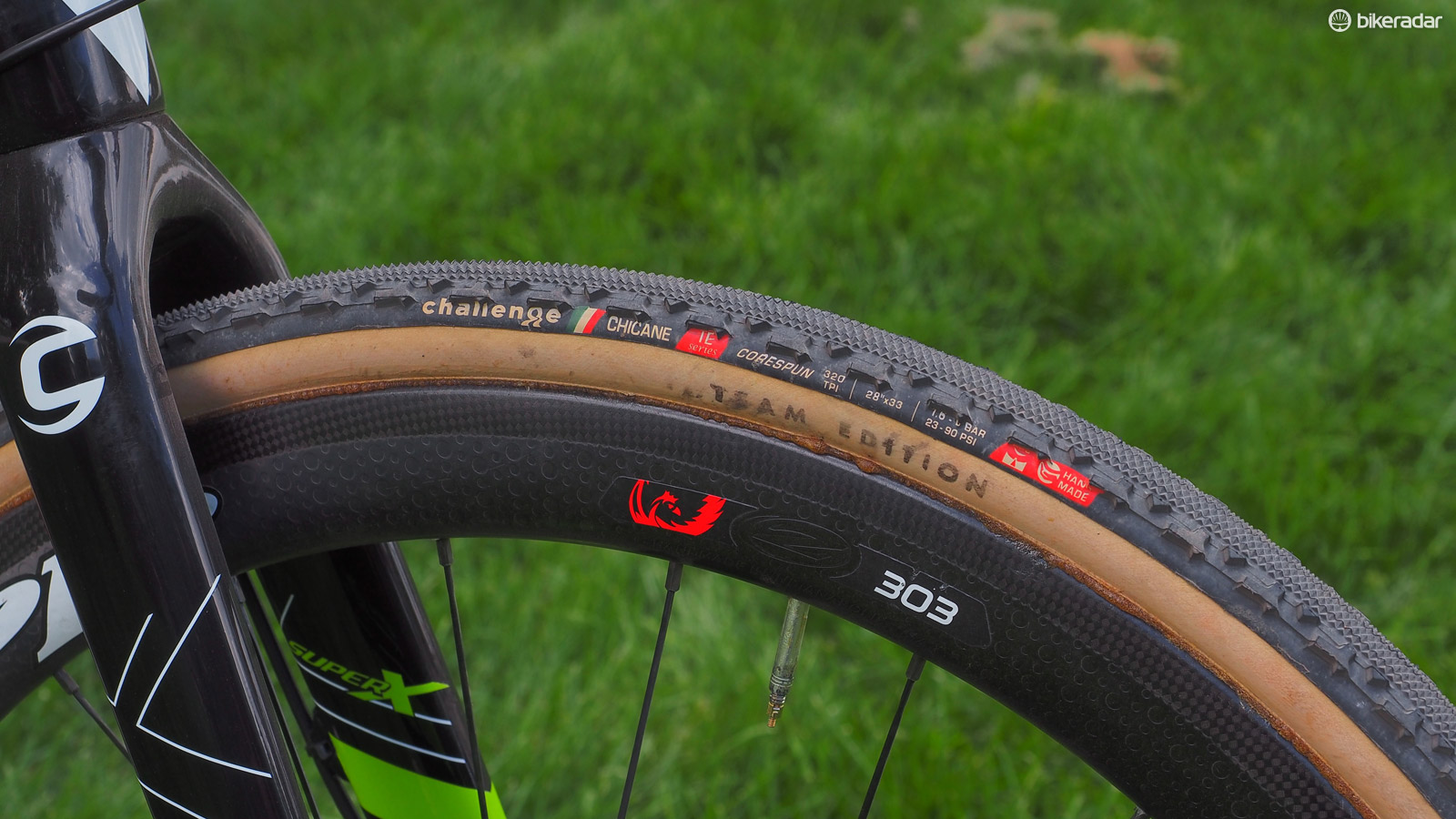
The Zipp 303 Firecrest tubular disc wheels are familiar but the Challenge tyres are new to the team this year
We've profiled Johnson's bikes on several occasions in past seasons so it was quite a surprise to find a set of inexpensive Shimano PD-M540 pedals in place of his usual XTR ones. After all, the XTR model is supposed to be the top of the heap in terms of mud clearing, weight, and overall performance – but some of that may not actually be playing out when it comes to more rigorous demands of cyclocross. Johnson hints that he might ultimately move away from Shimano entirely.
"Chasing down old pedals is not a very fulfilling mission," he said in reference to Shimano's previous-generation XTR model. "It seemed like every lead we had was a dead end so the world's supply of late-model XTR pedals is definitely a valuable commodity. In lieu of the mother lode, we found that the M540s were super cheap and nearly the exact same body style and function as the old XTRs so why not use them?
"They work well and are consistent. I've been testing different types of MTB pedals on and off for years in hopes of weaning myself from Shimano (the SRAM folks are always responding with a "sigh" when they see them)."
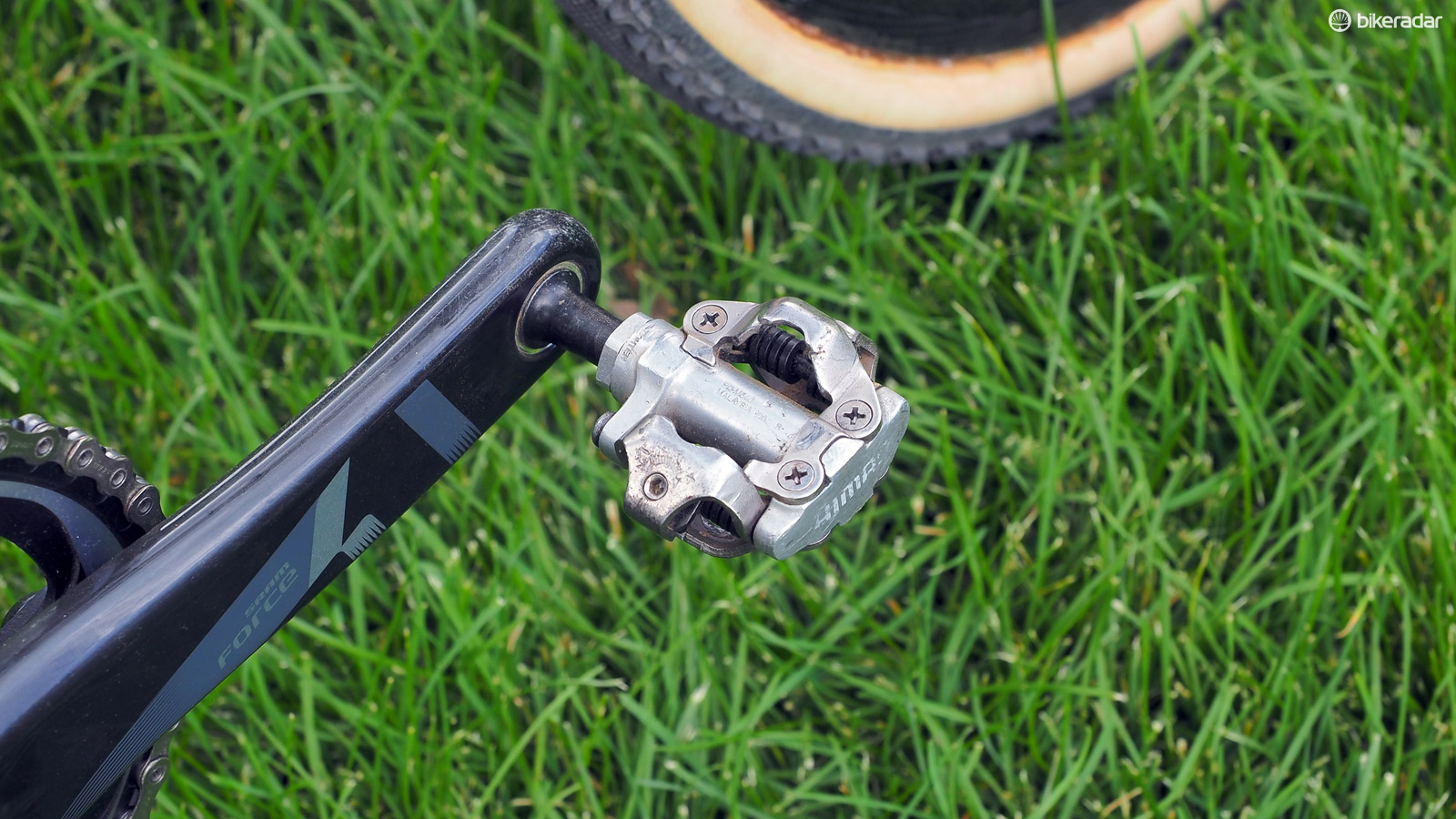
What are these Shimano PD-M540 pedals doing on this bike, you wonder? Johnson says they work better than current XTR ones – plus they're way cheaper
Given his clear willingness to buck some long-standing conventions when it comes to cyclocross equipment, it perhaps comes as no surprise that Johnson occasionally races with a water bottle but depending on course conditions.
"For hydration needs, I've had my sweat tested by the folks at Skratch Labs and they've just confirmed that I do in fact, sweat like a pig in volume [pigs don't actually sweat, Tim… – Ed.]. My sweat sodium concentration isn't very high; the sheer volume is what hurts me, so I like to drink. I still remember the cyclocross race back at the Fairgrounds in Watsonville where it was over 85 degrees and I bonked my ass off. I went from contending for the lead to barely able to pedal in an hour."
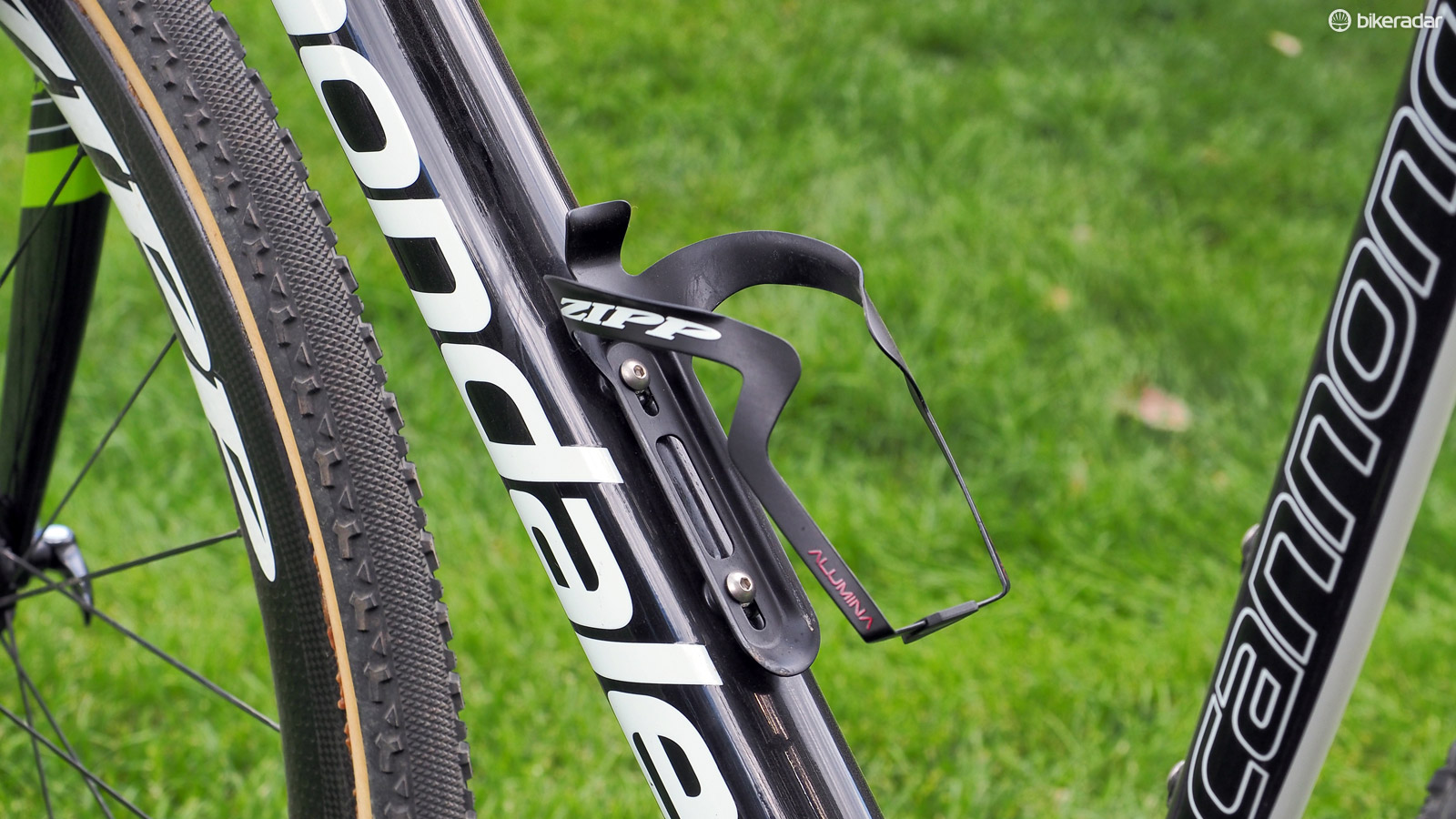
Yep, Johnson sometimes races with a water bottle, especially during the earlier part of the season when it can still be quite warm
Moreover, Johnson often races with a power meter – thus requiring a computer to record the data – and he's a well-known Strava devotee.
"I race with a power meter on and off and it's amazing to see the different types of files that come from cross races," he added. "The hillier, harder races have big ranges in heart rate and power. The first time I shared a file from a couple of World Cups in 2011 with the guys at Quarq and Strava brought some oohs and ahhs. The more zeros you have, the bigger the power you have when you're pedalling, and that hadn't really been described that well until then."
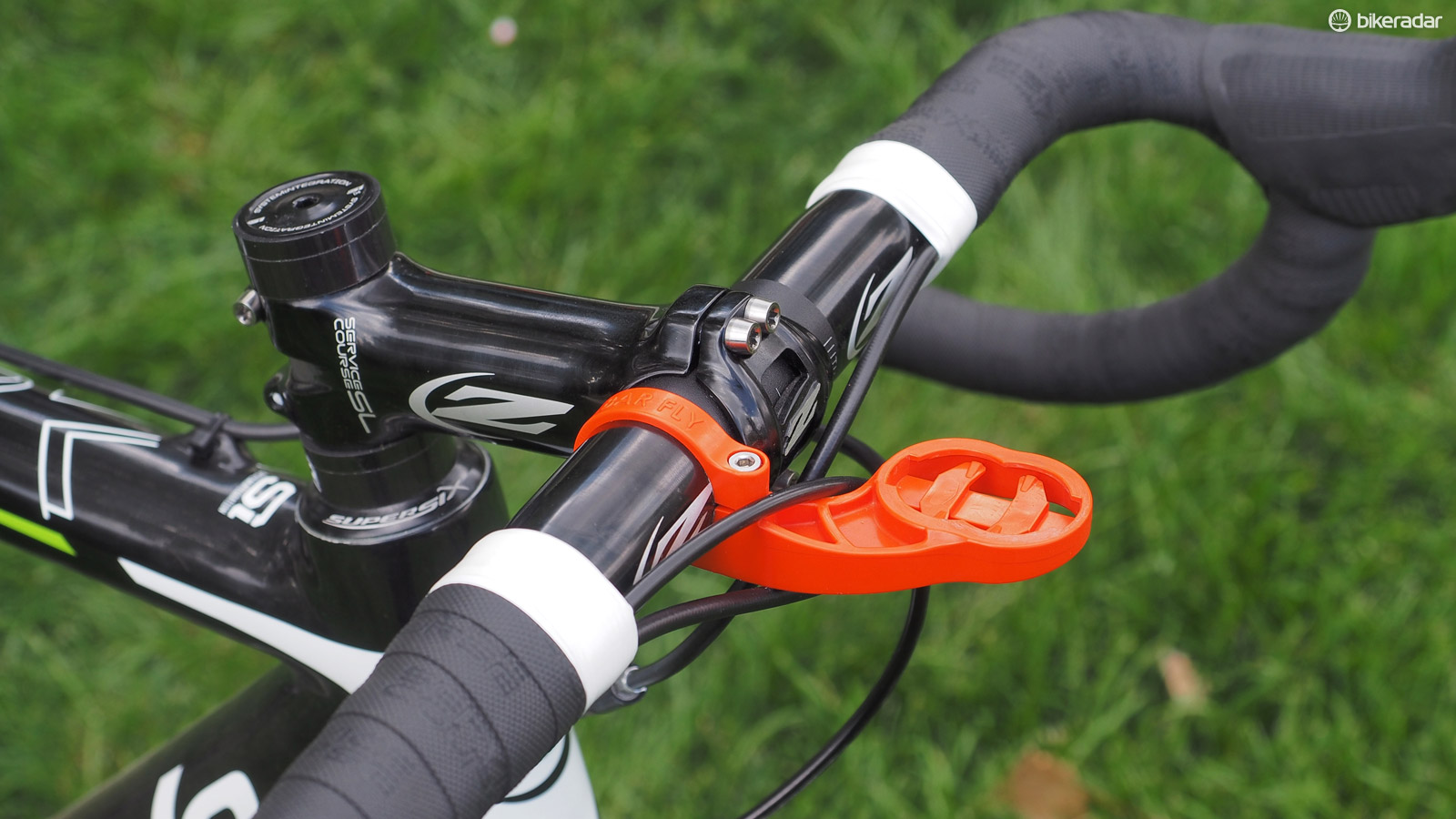
The bright orange of Johnson's Bar Fly 2.0 mount is an homage to Strava's corporate colour
"It was obvious watching someone like Sven Nys that he was drilling it but it was less obvious to see just how much of a race he's coasting and actively trying to relax and recharge the batteries.
"We did some heart rate studying with the folks at Red Bull around those files and the way heart rate responds to input from steering, stress, and a rough course is similar to what a Supercross or motocross rider might find – you're pinning the throttle even when you're not necessarily pedalling!"
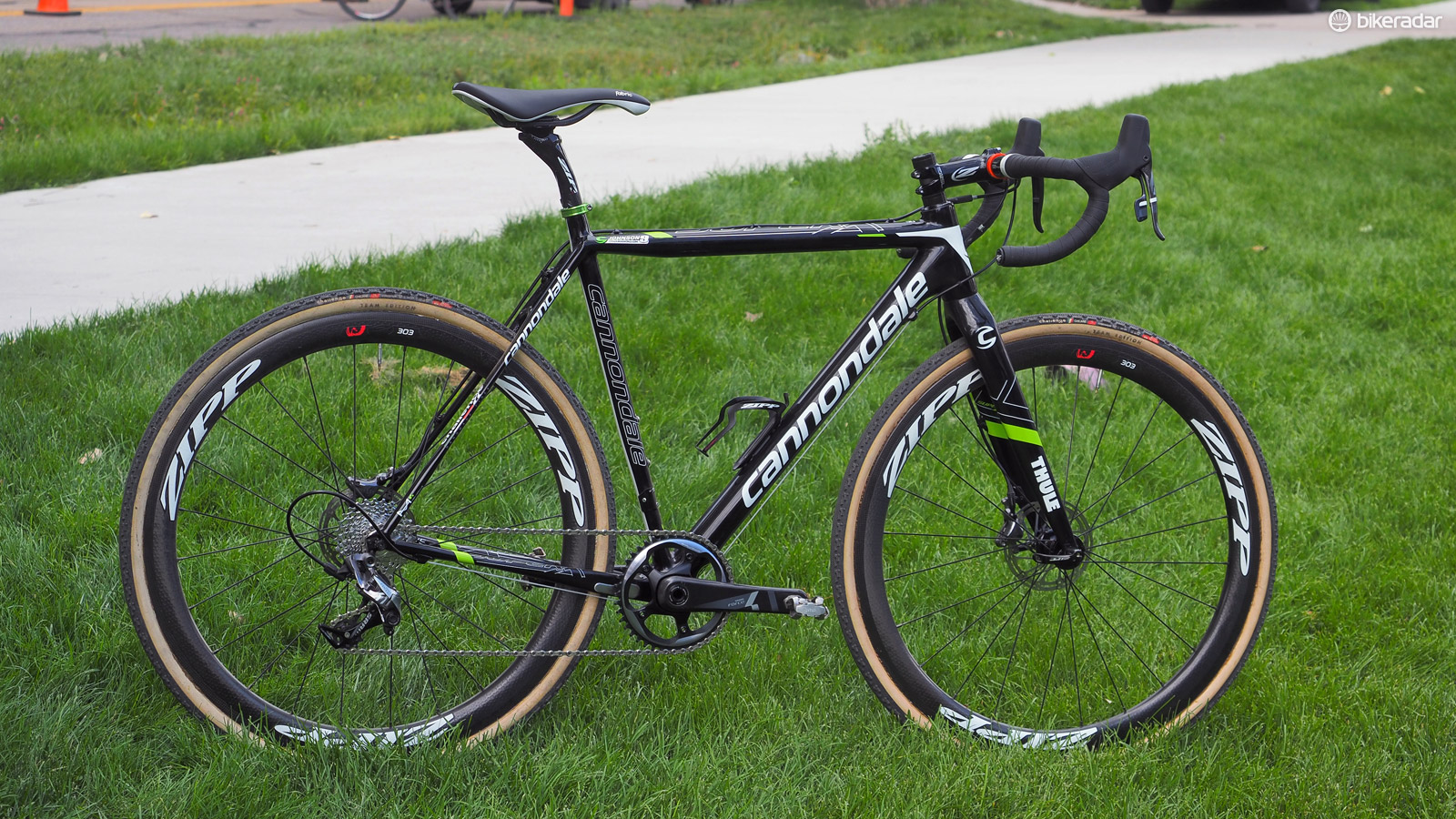
Johnson's trusty Cannondale SuperX Disc chassis has had several notable component changes
Complete bike specifications
Frame: Cannondale SuperX Disc, size 52cm
Fork: Cannondale SuperX Disc
Headset: Cannondale SuperSix, 1 1/8 to 1 1/4in tapered
Stem: Zipp Service Course SL, 100mm x -6 degrees
Handlebar: Zipp SL-80, 42cm (c-c)
Tape: Zipp Service Course cyclocross
Front brake: SRAM Force CX1 hydraulic disc w/ 140mm Centerline rotor
Rear brake: SRAM Force CX1 hydraulic disc w/ 140mm Centerline rotor
Brake levers: SRAM Force CX1 hydraulic
Rear derailleur: SRAM Force CX1
Shift levers: SRAM Force CX1 hydraulic
Cassette: SRAM PG-1170, 11-28T
Chain: SRAM Red 22
Crankset: SRAM Force CX1 BB30, 172.5mm, 42T
Bottom bracket: SRAM BB30
Pedals: Shimano PD-M540
Front wheel: Zipp 303 Firecrest tubular disc
Rear wheel: Zipp 303 Firecrest tubular disc
Front tyre: Challenge Chicane Team Edition tubular, 33mm
Rear tyre: Challenge Chicane Team Edition tubular, 33mm
Saddle: Fabric Scoop Radius Pro
Seatpost: Zipp SLSpeed
Bottle cages: Zipp Alumina
Other accessories: Bar Fly 2.0 computer mount, Garmin Edge 510 computer, Gore Ride-On sealed derailleur cable and housing
Critical measurements
Rider's height: 1.75m (5ft 9in)
Rider's weight: 68kg (150lb)
Saddle height from BB, c-t: 734mm
Saddle setback: 53mm
Seat tube length (c-t): 565mm
Seat tube length (c-c): 510mm
Tip of saddle nose to center of bars (next to stem): 510mm
Saddle-to-bar drop: 67mm
Head tube length: 135mm
Top tube length (effective): 540mm